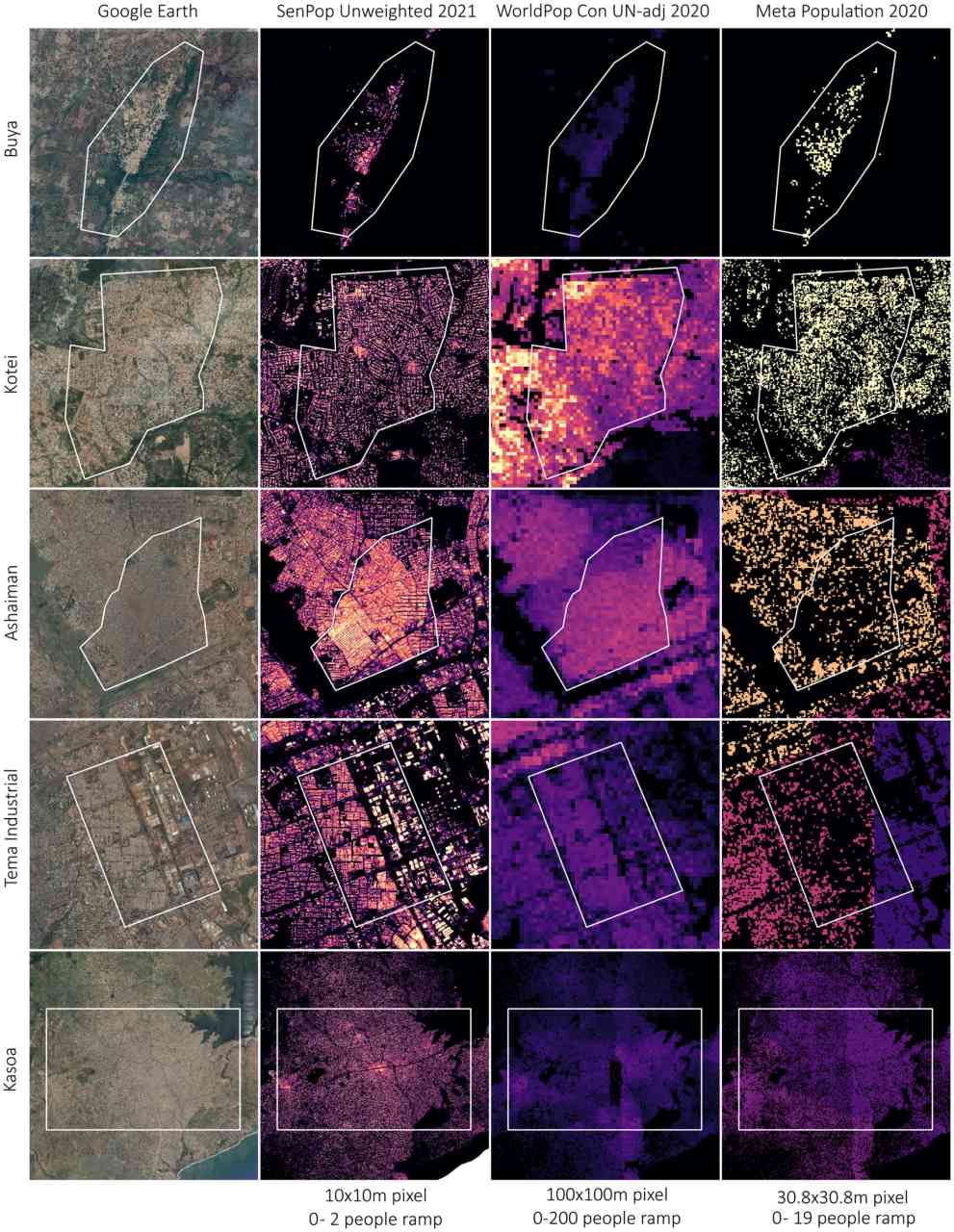Continuing its joint initiatives with ESA Φ-lab, UNICEF is appointing two researchers to work on a project that forms part of the UN Secretary-General’s Digital Cooperation Roadmap. The project maps current access to electricity and the Internet for schools around the world in support of an ambitious UNICEF target to provide connectivity for every child by 2030.
Around half of the world’s schools have no Internet access, and 1.3 billion children do not have connectivity at home. The result for those young people is fewer opportunities to learn and fulfil their potential.
In an effort to close this digital divide, UNICEF and the International Telecommunication Union have created Giga, a global initiative aimed at connecting every school to the Internet by 2030. Giga recognises that connecting schools enables children to develop digital skills and access online learning, while also providing wider connectivity benefits for businesses and services in the surrounding communities.
In a project with Giga that profiles school catchment areas to predict grid connectivity, Φ-lab is employing techniques such as Support Vector Machines and Multi-Modal Deep Learning Networks to analyse both Earth observation and terrestrial datasets. “We set out to answer a number of questions that would improve today’s information and deliver comprehensive, credible data on schools around the world,” explains Φ-lab researcher Casper Fibaek. “We’ve already used our models to validate current UNICEF data on school coordinates and have identified 65 000 incorrect locations in Brazil, for instance. We’re now looking at estimating the student count per school by combining catchment-area modelling with population maps.”


